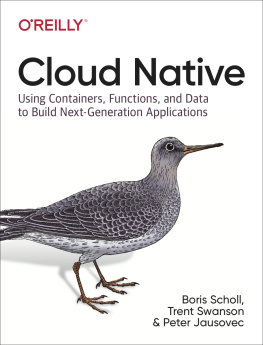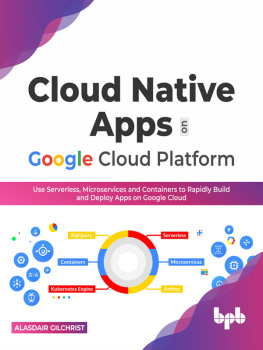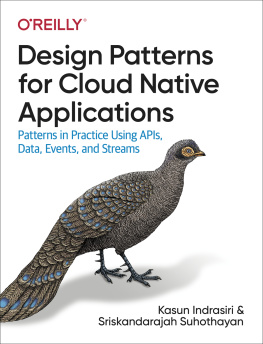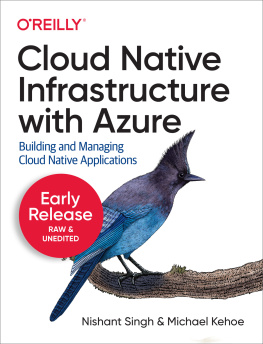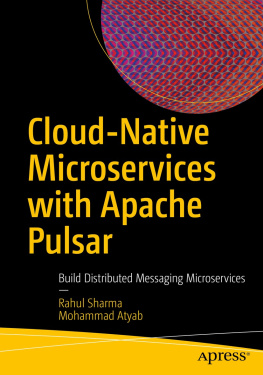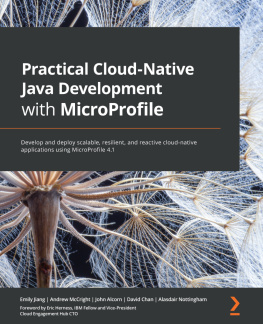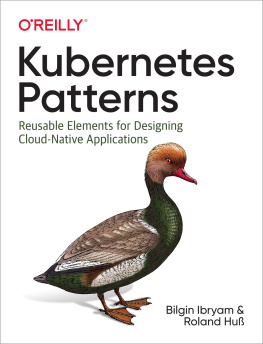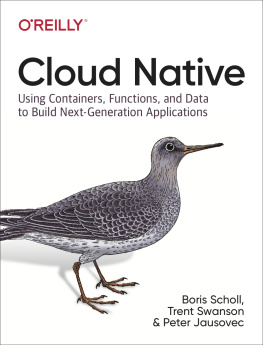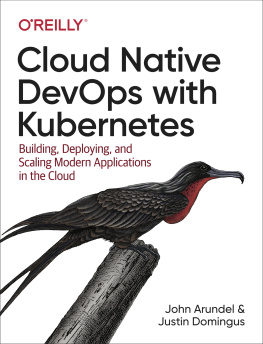Thought leaders across different companies and industries have been restating Watts Humphreys statement, Every business will become a software business. He was spot on. Software is taking over the world and is challenging the status quo of existing companies. Netflix has revolutionized how we obtain and consume TV and movies, Uber has transformed the transportation industry, and Airbnb is challenging the hotel industry. A couple of years ago that would have been unthinkable, but software has allowed new companies to venture into all industries and establish new thinking and business models.
The previously mentioned companies are often referred to as born-in-the-cloud companies, which means that at the basis of their offerings are services running in the cloud. Those services are built in a way that companies can quickly react to market and customer demands, release updates and fixes in a short period of time, use the latest technologies, and take advantage of the improved economics provided by the cloud. Services built in a cloud native way have also allowed companies to rethink their business models and move to new ones, such as subscription-based models. Such services are often referred to as cloud native applications.
The success and popularity of cloud native applications have led many enterprises to adopt cloud native architectures, even bringing many of the concepts to on-premises applications.
At the heart of cloud native applications are containers, functions, and data. There are many books out there focusing on each of these specific technologies. Cloud native applications use all of these technologies and take advantage of and exploit all of the benefits of the cloud. We, the authors, have seen many customers struggle to piece all of those technologies together to design and develop cloud native applications, so we decided to write a book with the goal to provide the foundational knowledge that enables developers and architects alike to get started with designing cloud native applications.
This book starts by laying down the foundation for the reader to understand the basic principles of distributed computing and how they relate to cloud native applications, as well as providing a closer look at containers and functions. Further, it covers service communication patterns, resiliency, and data patterns as well as providing guidance on when to use what. The book concludes by explaining the DevOps approach, portability considerations, and a collection of best practices that we have seen to be useful in successful cloud native applications.
The book is not a step-by-step implementation guide for building cloud native applications for a specific set of requirements. After reading this book, you should have the understanding and knowledge to help design, build, and operate successful cloud native applications. Tutorials are great for working through very specific needs, but a fundamental understanding of building cloud native applications provides teams with the necessary skills to ship successful cloud native applications.
Conventions Used in This Book
The following typographical conventions are used in this book:
ItalicIndicates new terms, URLs, email addresses, filenames, and file extensions.
Constant widthUsed for program listings, as well as within paragraphs to refer to program elements such as variable or function names, databases, data types, environment variables, statements, and keywords.
Constant width boldShows commands or other text that should be typed literally by the user.
Constant width italicShows text that should be replaced with user-supplied values or by values determined by context.
Tip
This element signifies a tip or suggestion.
Note
This element signifies a general note.
Warning
This element indicates a warning or caution.
OReilly Online Learning
Note
For almost 40 years, OReilly Media has provided technology and business training, knowledge, and insight to help companies succeed.
Our unique network of experts and innovators share their knowledge and expertise through books, articles, conferences, and our online learning platform. OReillys online learning platform gives you on-demand access to live training courses, in-depth learning paths, interactive coding environments, and a vast collection of text and video from OReilly and 200+ other publishers. For more information, please visit http://oreilly.com.
How to Contact Us
Please address comments and questions concerning this book to the publisher:
- OReilly Media, Inc.
- 1005 Gravenstein Highway North
- Sebastopol, CA 95472
- 800-998-9938 (in the United States or Canada)
- 707-829-0515 (international or local)
- 707-829-0104 (fax)
We have a web page for this book, where we list errata, examples, and any additional information. You can access this page at http://bit.ly/cloud-native-1e.
To comment or ask technical questions about this book, send email to .
For more information about our books, courses, conferences, and news, see our website at http://www.oreilly.com.
Find us on Facebook: http://facebook.com/oreilly
Follow us on Twitter: http://twitter.com/oreillymedia
Watch us on YouTube: http://www.youtube.com/oreillymedia
Acknowledgments
We would like to thank Nicole Tach, our editor at OReilly, as well as the tech reviewers and beta reviewers for their valuable contributions to the book. In addition, we would like to thank Haishi Bai and Bhushan Nene for their thorough reviews and suggestions to improve the quality of the book.

